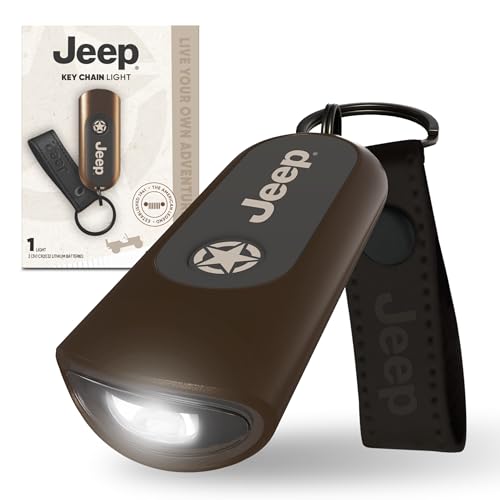30 Reasons Jeeps Get Bad Reviews
So, you are looking to buy a Jeep. However, in your research, you may have come across many bad reviews for Jeeps.
Jeeps often get a bad reputation for a myriad of issues, but the reality is it depends on the model and year for many of these issues. For the newest Jeep models, most of those issues have been resolved.
If you are wanting to buy a used Jeep in an older year, you may want to pay attention to these complaints.
So, why DO Jeeps get bad reviews? We are going to walk you through the top 30 reasons Jeeps get bad reviews, and answer the question, “are Jeeps reliable?”
Why Do Jeeps Get A Bad Reputation?
#1 – Jeep’s Safety Rating
Many Jeeps get bad safety ratings, particularly abroad, so that is one of the reasons Jeeps often get poor reviews.
One recent example of Jeep issues with safety is the 2018 Jeep wrangler, which received a 1-star safety rating by the NCAP, a European safety rating. Per there requirements, the 2018 Jeep Wrangler only received a 50% safety rating for adults int the vehicle and a 49% safety rating for other persons on the road.
When you are wanting to buy a vehicle, safety should always be a primary concern, so it is worrisome when many Jeep models and years have well below average safety ratings.
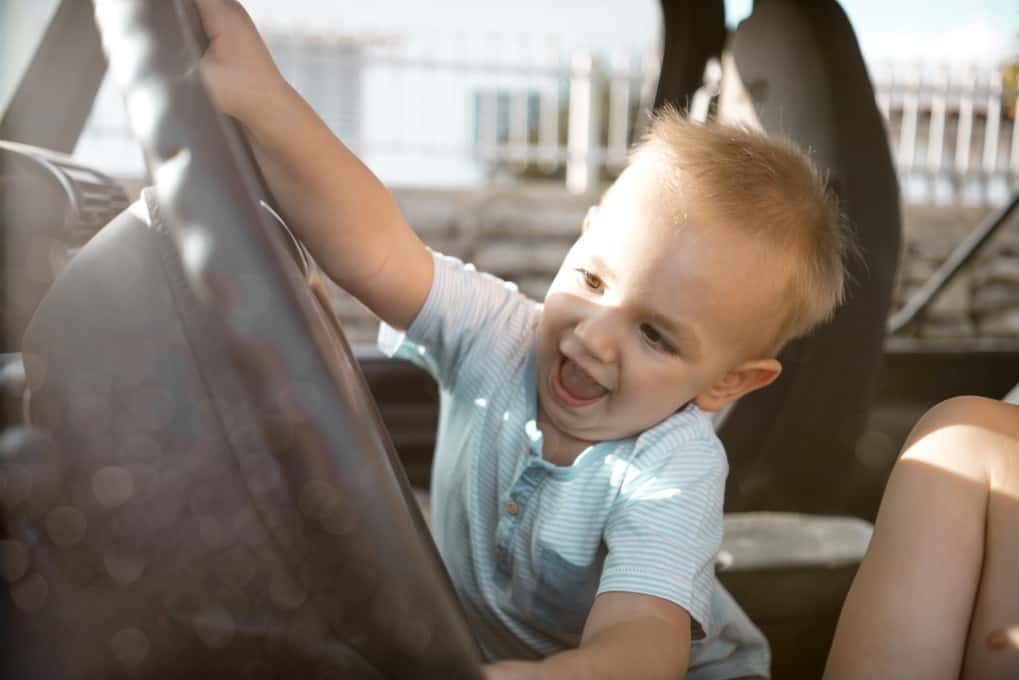
#2 – Jeeps Are Not Better For Roads
While Jeeps are known to be the best vehicle for off-roading that money can buy, they don’t necessarily have any advantages when it comes to driving on the road.
Not only are there very little advantages to road driving for Jeeps compared to other vehicle manufacturers, but they actually tend to be more gas-guzzling, so there are actually disadvantages compared to other vehicles.
#3 – Jeeps Don’t Have A Lot Of Storage Space
Most Jeeps, despite their larger size, don’t actually have a lot of storage space, particularly if every seat is occupied by a person. Jeep Wranglers, in particular, have an issue with this.
This issue is compounded when you consider the fact that a lot of people who want to buy a Jeep in order to go on off-road adventures will likely need to take quite a bit of gear and supplies with them.
If you are someone who is wanting to go off-grid for a few days, that can be really difficult to do with the tiny amount of space that a Jeep actually has.
#4 – No Doors, No Side Mirrors
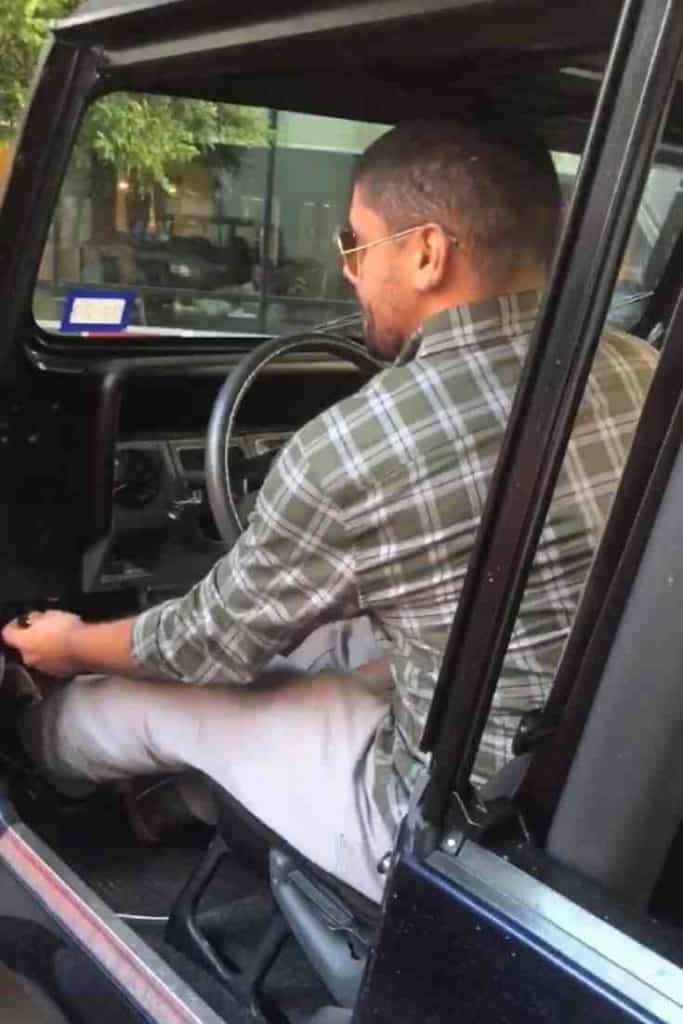
We often see pictures of Jeep Wranglers without the doors. They look sporty and cool this way, and perfect for an off-roading adventure during times of great weather.
However, there is one major issue when trying to do this in reality – the mirrors are mounted to the doors and there’s no way to fix this.
Essentially, this means when you get to your off-roading location, you are going to have to take the doors and just… leave them somewhere, while you go off-roading. This is probably not the best idea ever.
#5 – Gas-Guzzling
We mentioned this before in our reason #2 about Jeep problems, but it is worth mentioning again. Jeeps get a really low fuel economy – making them expensive for everyday use, particularly if you drive a lot to get to work. When you consider the high costs of purchasing a Jeep, it may not be worth it to continue compounding those costs by adding increased gas consumption to the list.
#6 – Jeeps Have Poor Acceleration
Now, one would think that a benefit to using so much fuel would be that a Jeep was great at acceleration, but unfortunately, that’s not the case.
Due to its large size and boxy shape, Jeeps have relatively poor acceleration compared to similar vehicles.
This can be a problem when you are trying to get ahead of traffic on the road, but it can also lead to issues when you are trying to get up steep and rocky slopes.
Lack of acceleration can be very frustrating, and it is even more frustrating when you consider the cost of buying a Jeep.
#7 – Jeeps Are Very High
Most Jeeps are very high, so they aren’t a great choice for people who have passengers or who they themselves have trouble navigating in and out of a tall vehicle.
Those who are on the shorter side or have injuries and ailments may have a very hard time getting in and out of a Jeep, making it impractical for daily use.
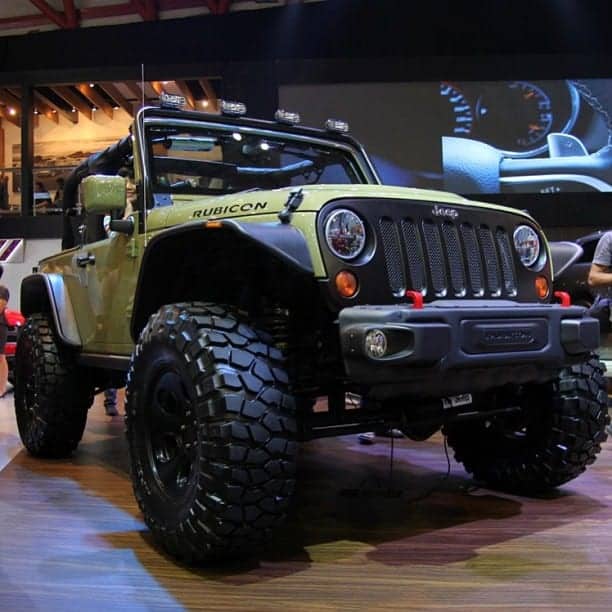
#8 – Jeeps Can Be Noisy
One of the most common complaints with Jeeps, particularly the Wrangler, is that they are very noisy in the interior.
One of the reasons is the boxy shape of most Jeep models – the air just doesn’t flow around the vehicle all that well.
#9 – Jeeps Can Be Really Bumpy
Any type of Jeep can lead to a really bumpy ride. While this comes in handy when you are traversing uneven surfaces while off-roading, you may want to consider what your daily driving situation really looks like.
For instance, do you have to drive down a brick road to get to and from your house? If so, you may want to look at other options besides a Jeep.
Brick roads make Jeeps incredibly bouncy and it can be really difficult to enjoy a ride down an oak-lined street when you can feel your teeth hitting one another.
#10 – You Can’t See Out Of The Back Of A Jeep
For many Jeep models, it can be incredibly difficult to see out of the back of the vehicle. This can be very dangerous when you are driving down the road.
Taller drivers will find this to be a particularly problematic issue, as they will find the positioning of the rearview mirror does not accommodate their height, essentially rendering the rearview mirror useless.
Furthermore, extra equipment on the back of the Jeep such as a detached roof during good weather or the classic spare tire on the back can further limit visibility.
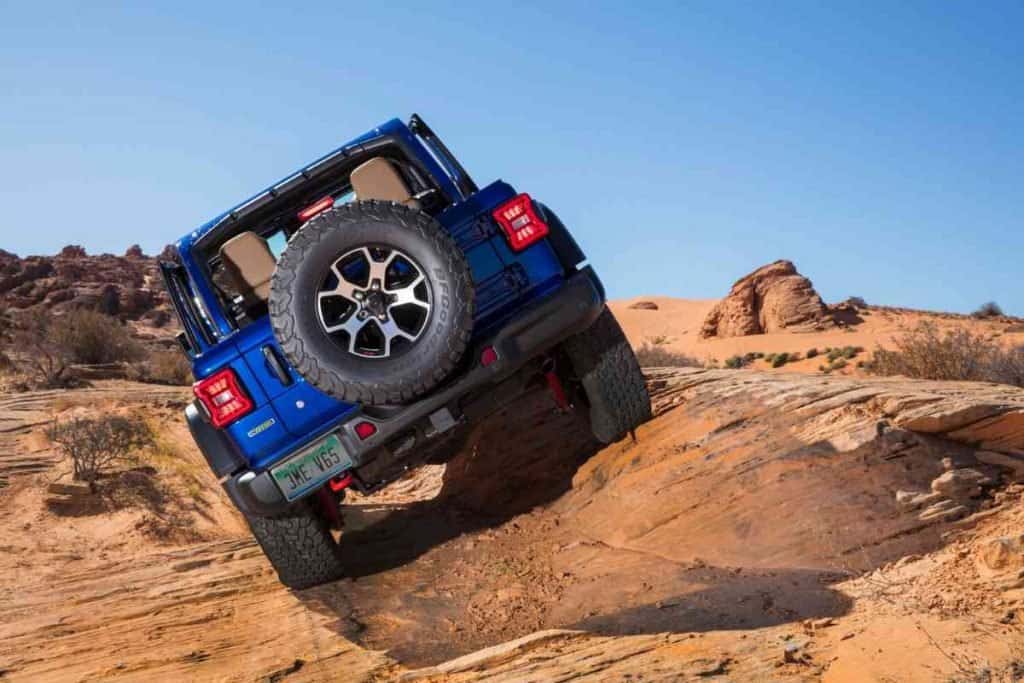
#11 – Jeeps Don’t Have The Most Responsive Steering
Steering a Jeep isn’t always the smoothest experience. It can often take a bit of extra muscle to steer a Jeep, which can be unsafe when driving on the road.
Sometimes, you just need steering that is very responsive and smooth in order to keep yourself and other motorists safe while you drive.
That can often be an issue with Jeeps, which are designed to be less-responsive so that you can traverse uneven land more carefully.
#12 – Jeeps Are Not Aerodynamic
While we have mentioned this already, Jeep’s are not Aerodynamic. This leads to issues with fuel economy, interior noise, and can make it difficult to reach the speed that you want.
Additionally, you may find that the way that water catches on the front windshield can make these vehicles difficult to see out of when driving in the rain.
#13 – Limited Seating
Many Jeep models such as the Wrangler don’t have a lot of seating, and the second row can often be very cramped.
This isn’t great for people who have families or want to go out camping with their whole squad.
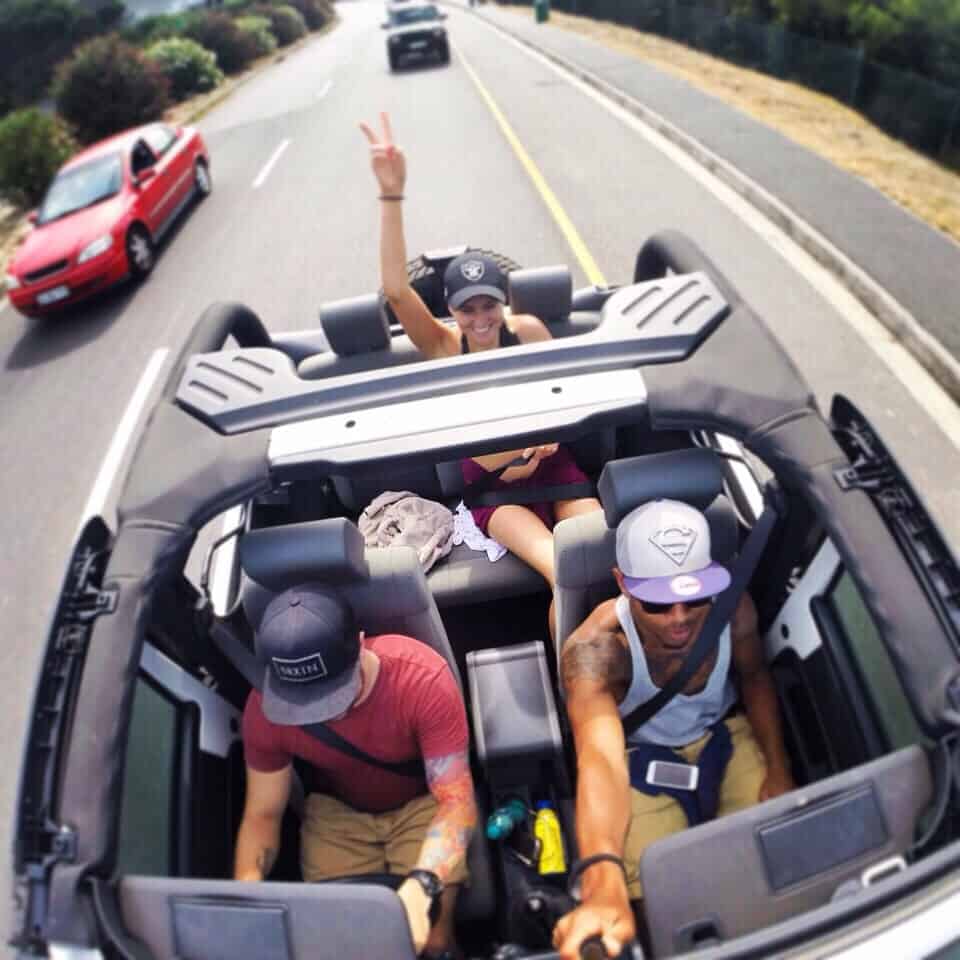
#14 – Lack Of Insulation In Some Jeeps
Convertible Wranglers don’t have an insulated roof – so the vehicle can get very hot or very cold depending upon the weather outside.
This can be a nightmare for someone who was intending to use their Jeep Wrangler as their daily driver.
#15 – Some Jeeps Have Issues With Windshield Wipers
Speaking of rain, Wranglers often have another issue when it comes to visibility – their windshield wipers.
For some reason, the windshield wipers on a Jeep Wrangler stop wherever they are at on their ascent or descent – no matter if they are in the middle of the windshield or not.
This can be very distracting to drivers and definitely presents a safety hazard.
#16 – Not All Dealerships Are Created Equal
Some of the frustrations that Jeep owners have that you may be hearing is a lack of skill and knowledge at some of the besthttps://fourwheeltrends.com/best-price-for-a-jeep-wrangler-16-below-invoice-examples/ and the certified Jeep service centers.
It can be very frustrating to need work done to your vehicle and not have skilled mechanics that can take care of the issues for you.
Most dealerships have very knowledgable and highly trained mechanics that have done specific training for the types of vehicles that they service, but for some reason that does not seem to be the case for Jeep.
Owners report having consistently worse service from Jeep dealerships than they have received from other brands.
Jeeps recalled can happen sometimes, as it does with any vehicle. Usually, it is just for a certain part and the issue is taken care of for free at a dealership.
However, when you have repairmen that aren’t up-to-date with the latest recall information, this can be a very bad thing.
#17 – Mid-Age Jeeps Have Issues
Seemingly, Jeep had some trouble with reliability with models 3-8 years of age. During this time period, Jeep was putting out a lot of vehicles that have since been reported to have issues.
These issues are commonly dashboard display issues, sensors such as tire pressure sensors, windshield wiper issues, and more. All of these issues are going to be very frustrating for the average driver.
When you are looking to buy a used vehicle, it is very likely that you are going to be looking at vehicles 3-8 years old so that they aren’t too old as to have a lot of miles, but are old enough as to be affordable.
Unfortunately with Jeep, it may not be a great idea to buy a Jeep within that age range due to these issues.

#18 – The Death Wobble
One of the most notorious issues with Jeeps is the “death wobble.” When the vehicle is traveling at high speeds and hits a bump in the road or something like a pothole, the steering wheel can begin to shake, causing issues for the driver to be able to control their vehicle.
Jeeps use a solid front axel. When one tire gets a shake, the motion is transferred easily to the other tire, and vice versa. This creates a feedback loop of sorts that continues to shake the tires until you slow down or stop.
Despite the scary name, this is actually not all that dangerous. However, it is certainly a disconcerting issue for many drivers, and jumpier drivers may need to steer clear of Jeeps or vehicles like the Ford Bronco that are notorious for having this issue.
#19 – Jeeps Are Susceptible To Exhaust Leaks
While this hasn’t been an issue for any Jeep model made after 2009, older Jeeps may have a lot of issues with exhaust leaks.
This will not only cause stains on your driveway but actually reduce fuel mileage, making your vehicle even more expensive to drive around than it already is.
Thankfully, you can replace the manifold and fix this issue relatively easily.
#20 – Jeeps Get Clogged Fuel Injectors
Many makes and models of Jeeps are also notorious for getting clogged fuel injectors. This happens when deposits build up on the injectors and disrupt the flow of fuel.
When this happens, many different issues can occur with your Jeep. These issues include misfires, engine stumbling, and idling.
Fuel additives reportedly help solve this issue, but it isn’t great to have to spend extra money adding a substance to your fuel to keep your fuel injectors from getting clogged.
#21 – Throttle Position Sensors Often Fail On Jeeps
When the throttle position sensor fails on your Jeep, this is going to affect the engine. The throttle sometimes gets clogged up with residue, which will keep the sensor from working properly.
Why is this an issue? Well, it affects your fuel to air ratio, which affects how the engine operates. It will eventually lead to issues like hard starts or stalls.
This issue is common with older Jeep Cherokees and all Jeep Wranglers, even the newer ones.
However, this problem is thankfully not very difficult to fix and even to avoid entirely.
Regular cleanings of the throttle body can help keep the residue from building up in the first place. If cleaning doesn’t seem to help, you can also replace the sensor entirely.
#22 – Jeeps Are Susceptible To Water Leaks
Jeeps often have a myriad of issues with door and window seals. While this is most commonly an issue with the Wrangler, it can happen with any model of Jeep.
The door and window seals not being properly tight can cause water to leak into the cabin of your vehicle.
When water leaks in, it can cause a myriad of other issues, like electronic issues on the dashboard, or mold and mildew growth.
This isn’t great for anyone, so it is important to ensure that your windows and doors are sealing properly when you buy a Jeep or if you already own one.
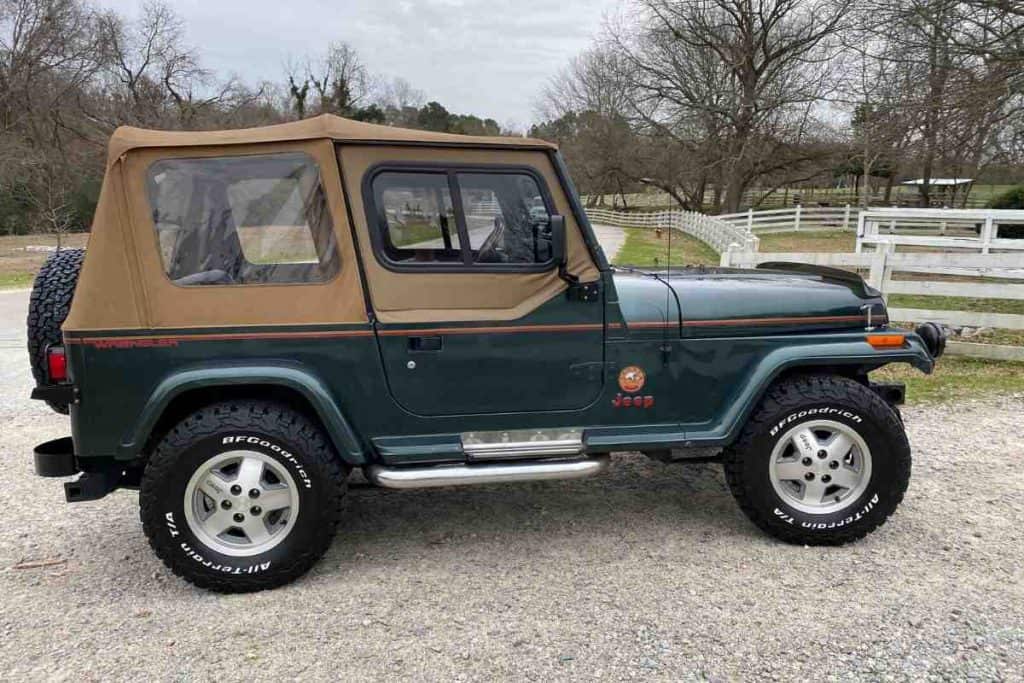
#23 – Sometimes The Transfer Case Fails On A Jeep
A lot of people buy Jeeps because they want the ability to transfer from four wheel drive to two wheel drive.
However, this is going to be hard for you to do if your transfer case fails. The transfer case is what allows you to switch between the two.
For Jeeps, the seals break down on the transfer case all too quickly, and the grease in the transfer case leaks out.
The grease is what allows all those metal parts to glide against one another in order for you to switch from four wheel to two wheel drive. In order to fix this, you will have to replace the entire transfer case.
The transfer case is also susceptible to issues with the shifter rod. Sometimes, the transfer case shifter rod gets out of alignment.
The rod is able to be easily adjusted by hand, but this is going to be an annoying issue when you are on the road and need to switch between them quickly and easily.
#24 – Jeeps Had A Recall For The Ignition Switch
Obviously, an ignition switch is a really key part of having a vehicle that is going to run properly and do its job.
Unfortunately, a few Jeeps out there are under recall for a problem with the ignition switch.
When your Jeep has this problem, the engine can turn off on you suddenly, while you are driving, in fact. This is obviously a dangerous and serious issue.
Thankfully, not all Jeeps are susceptible to this, but make sure to look at the recall information for your Jeep frequently in order to avoid these kinds of issues rearing their heads while you’re out on the open road, or worse, in the middle of nowhere.
#25 – Jeeps Have Malfunctioning Electronics
The Totally Integrated Power Module that Jeep uses to control all the electrical parts of the vehicle is prone to malfunctioning.
When it does malfunction, this can lead to a myriad of issues. While these issues can sound pretty comical, they are actually quite dangerous if they occur while you are driving and catch you off guard.
When the Totally Integrated Power Module malfunctions, the horn can start honking or blaring for no reason, power windows can start rolling up and down on their own, and doors can lock and unlock by themselves.
Essentially, one could think that their car was haunted if it had this type of electrical issue.
The TIPM can thankfully be replaced at a dealership or shop, but this is yet another issue to be aware of if you are looking to purchase a Jeep.
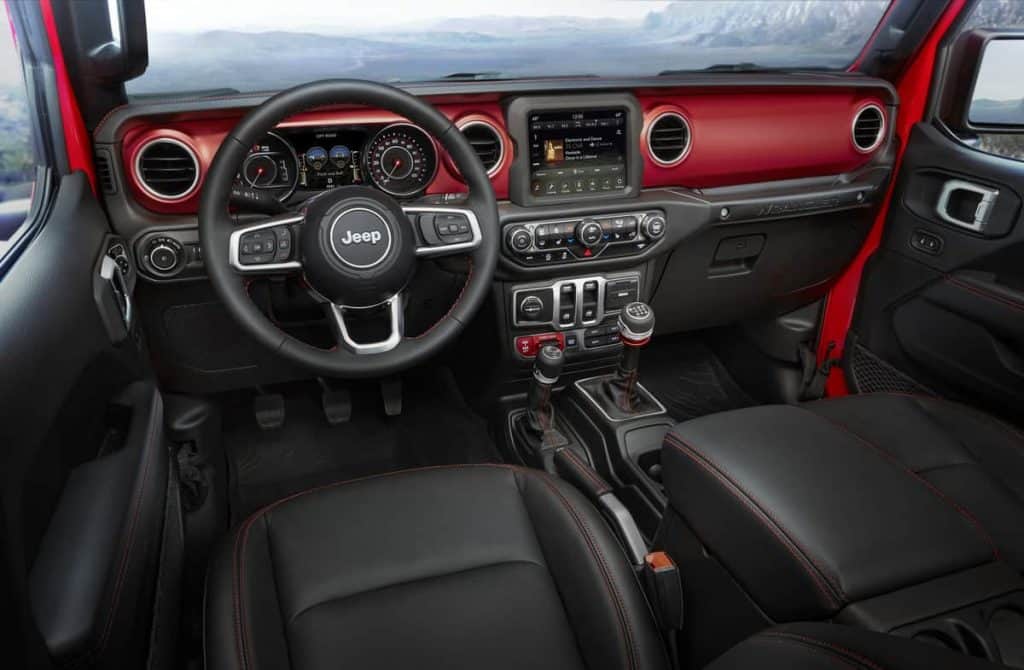
#26 – Fuel Overflow Can Happen To Jeeps
Jeep owners sometimes report that gas overflows out of their gas tank when they are filling up their car at the gas station. The automatic “off” we are all used to just simply isn’t happening.
This issue is likely caused by clogging that can occur when you purposefully over-fill your tank.
So, if you are a Jeep owner, it is important that you don’t try to over-extend how far a fresh tank of gas will get you and make sure that you aren’t purposefully filling past the auto-off and allowing the tank to be full when the automatic-off first occurs.
If you just bought a used Jeep and this issue is already happening to you, then you may have to replace the fuel neck or the entire fuel tank itself.
#27 – Jeeps’ Window Motors Fail Sometimes
Some Jeep owners have reported problems with their window motors failing on them. For some people, the windows will suddenly drop into the frame of the door.
This can happen even when they are driving. Other times, seemingly the motor simply burns out and the window cannot be moved from whatever position it is in.
Sometimes this problem is solved by replacing the motor. However, if motors seemingly are being burned out over and over again, you will want to replace the regulator, as well.
#28 – Tail Light Circuits Corrode On Jeeps
The tail light circuit board is prone to corrosion on some makes and models of Jeeps. While it may seem like a bulb burning out, at first, replacing it isn’t going to make the light work again.
In order to fix this, you may have to replace the circuit board. In extreme cases, you will have to replace the entire tail light.
Jeep tail lights are prone to leaks. When water leaks into the tail light, the circuit board can get wet and corrode.
To avoid this issue, you should make sure that the gaskets on your tail light are sealed up properly so that corrosion does not occur in the first place.
#29 – Axel Meld Issues
The 2020 Jeep Wrangler has already come under recall due to an issue with a meld on the front axel, which can cause the parts to separate while driving.
Considering a lot of Jeep Wrangler owners are going to be taking their vehicles off-roading, this can potentially put drivers and passengers at a lot of risk.
Thankfully, these vehicles are all under warranty and the recall fixes this issue for all affected vehicles for free.
Unfortunately, it does speak to some reliability issues in many people’s minds who were previously considering buying a new Jeep Wrangler and now won’t be doing so.
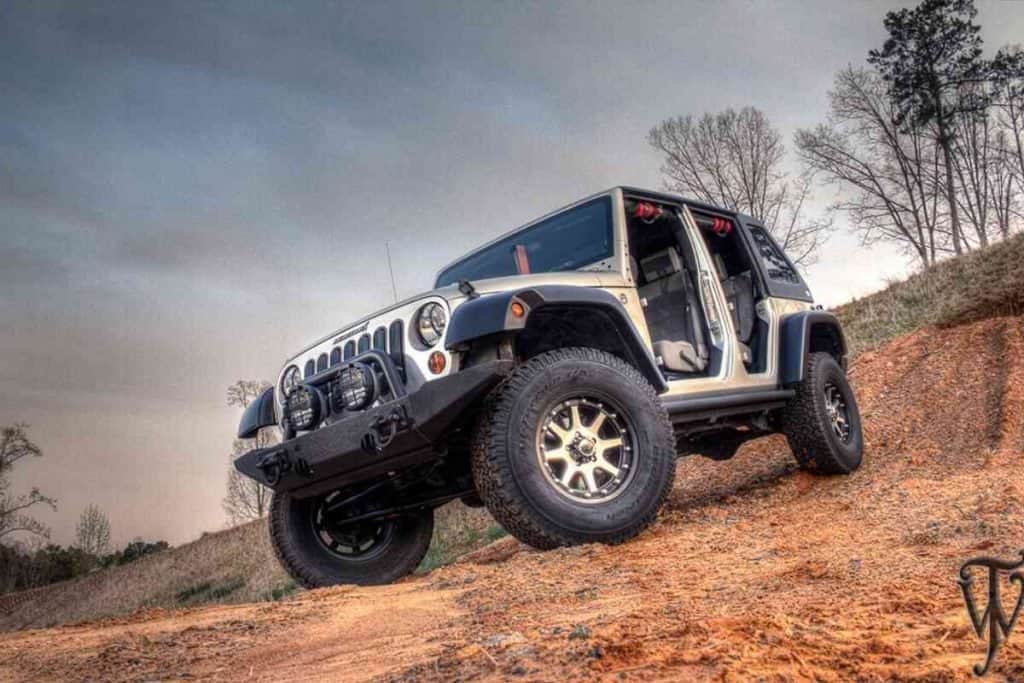
#30 – Body Integrity Issues
The 2020 Jeep Wrangler has another issue that is plaguing it – the body lacks the integrity you would expect from its rough and rugged looks.
When Jeep Wranglers are often seen traversing steep mountain slopes and climbing over rocks, you would want to assume that the body is going to be able to withstand a beating if the worst happens and the car falls on its side or flips over.
Unfortunately for the new Jeep Wrangler, the body integrity isn’t great and it seems to crumble on-contact.
Obviously, this isn’t a great vote of confidence for how the new 2020 Jeep Wrangler will perform during a car accident, either.
Are Jeeps Really That Unreliable?
When it comes to Jeep reliability, it is important to understand that not all Jeeps have every issue we have mentioned above.
In fact, most Jeeps aren’t going to have any issues at all, at least not outside what one would expect normally from an aging vehicle.
Jeeps consistently earn approval ratings of ⅘ from those who own them. While some may just call it Jeep loyalty, we should give owners more credit than that. After all, they are ultimately the ones dealing with these issues and having to pay for them.
Furthermore, many Jeep owners report taking their older Jeeps to hundreds of thousands of miles before they need to go to the car lot in the sky.
Many cars with very little problems in their first 10 years of life still can’t make it to hundreds of thousands of miles.
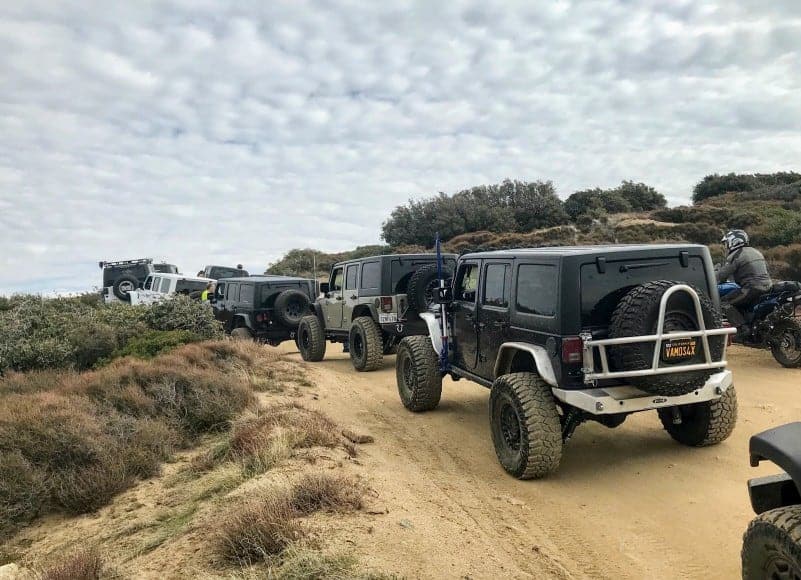
Final Thoughts
The issues we have discussed in this article today do not plague every single Jeep. In fact, there is not a singular make and model of Jeep that is prone to all 30 of the issues that we have gone over.
However, the varying issues that can plague different models and years of Jeeps tend to create a cacophony of chaos that leads some people to believe that Jeeps are not good vehicles to have.
However, that simply isn’t true. As we discussed, Jeeps can be some of the most reliable vehicles around.
The important thing to focus on is doing your research, particularly if you are buying a used Jeep that is no longer under warranty.
You need to know what issues that Jeep is prone to, and if those issues have already occurred and been solved by the previous owner.
Every type of car can come with problems, that is the risk of buying and maintain a vehicle.
The important thing to remember is to do your research and make the decision that is best for you and your life circumstances.
Best Selling Jeep Accessories You Might Want To Consider
Last update on 2025-12-13 / If you click this affiliate link and make a purchase, we earn a commission at no additional cost to you.

